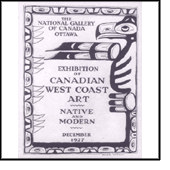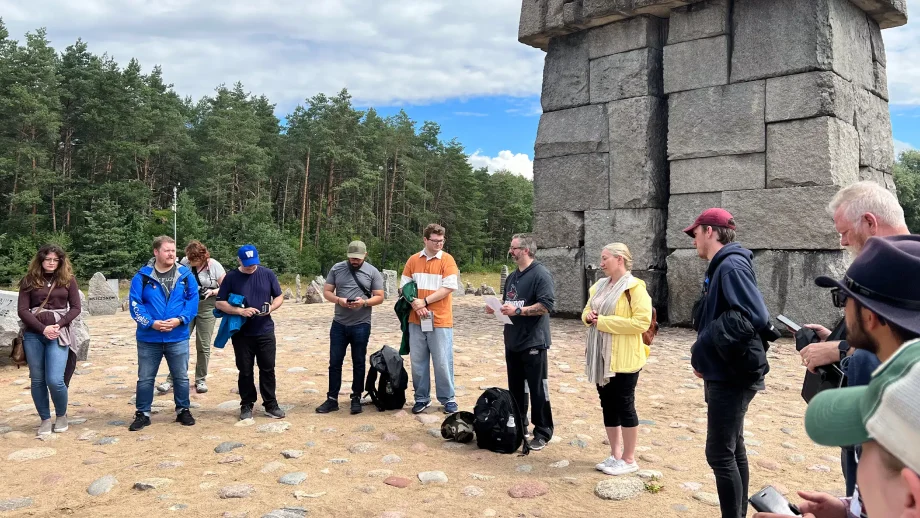On February 26, 2004
Dr. Gerta Moray, “Emily Carr and the Traffic in Native Imagery.”
7:30 p.m.
Eckhardt-Gramatté Hall
Abstract of Dr. Moray’s presentation:
We have recently become acutely aware that the traditional arts of First Nations are their own cultural legacy and intellectual property, not the ‘prehistory’ section of a history of Canadian art, nor exotic objects for Euro-Canadians to save and exploit. This has raised questions about the career of Emily Carr.
Carr established her career as an artist who painted Northwest Coast Native totem poles and villages. She was not alone in her interest in this subject, but unusual in her sympathy for the achievement and predicament of First Nations people on the West Coast. In the long term, Carr’s rebellion against ‘English’ values and her identification with the Native peoples of her province were co-opted to the process of ‘indigenization’ that grounded the formation of a modern ‘Canadian’ national identity. She became an important figure in the movement to create a nationalist culture that established itself after World War I.
Dr. Gerta Moray’s research on Carr began by focusing on the dynamics of reception that have made her alternately a national heroine and a political football in recent debates about cultural appropriation. Extensive investigation of Carr’s actual contacts with British Columbia’s First Nations, and of the conditions in which she made her sketching trips to Native villages in 1907-12 and in 1928-31 then laid the groundwork for a more finely grained and balanced picture of her goals and achievements within the context of the ‘race’ relations of her time.
This event is co-sponsored by:
The University of Winnipeg
Department of History
Women’s Studies
Art History Student Association
Department of Anthropology
The University of Winnipeg Education Centre
The University of Manitoba, School of Art
“Art History Presents”
Student Visiting Artist Fund
For additional information contact s.keshavjee@uwinnipeg.ca





